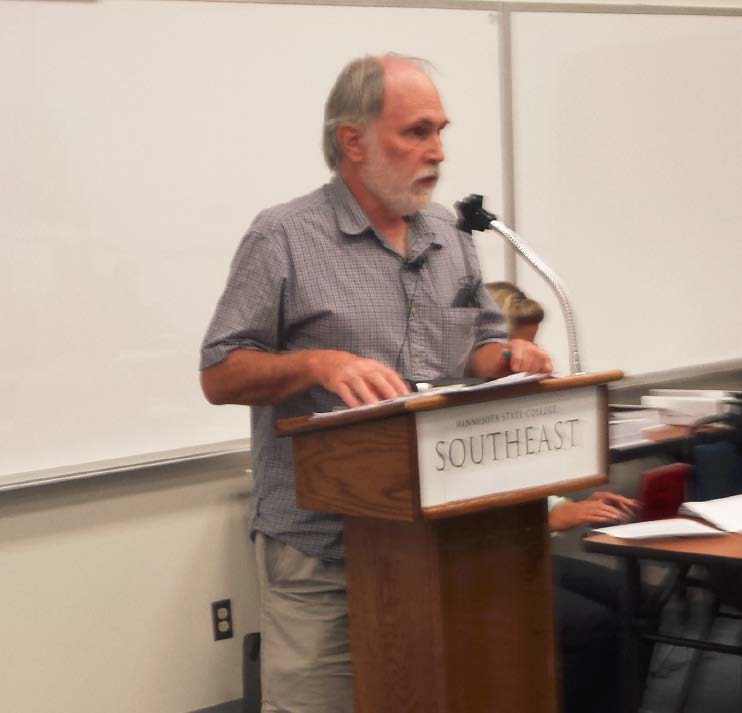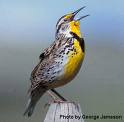MPCA’s THREE Red Wing Ash releases today
December 5th, 2016
OK, time to get to it. There were THREE releases from the Minnesota Pollution Control Agency today related to the Red Wing/Xcel Energy/Lab USA ash mining project. THREE!
The ash mining project’s EAW:
Public notice period: 12-5-16 to 1-4-17; Project manager: Kevin Kain
And two solid waste draft permits, first NSP’s ash landfill:
INTENT TO MODIFY AND REISSUE AN EXISTING SOLID WASTE FACILITY PERMIT TO NSP- RED WING ASH DISPOSAL FACILITY, RED WING
Open for public comment through Thursday, January 5, 2017
And one for Lab USA (modify and reissue? Hmmmm…):
Intent to Modify and Reissue an Existing Solid Waste Facility Permit to Lab USA’s Ash Processing Facility – Red Wing
Open for public comment through Thursday, January 5, 2017
There’s a meeting at the Red Wing library on Wednesday, from 5-7 p.m. about the Lab USA EAW, but what about the permits?
December 7 – Red Wing Ash Mine Open House
December 1st, 2016
There’s a plan afoot here in Red Wing that strikes me as one of the more bizarre ideas, particularly given the subsidy the City of Red Wing is giving to Xcel Energy by leasing land from Xcel Energy for the term of Xcel’s own “ash mining” project and about 10 years beyond. WHAT?
On Monday, the Pollution Control Agency will release the EAW and you’ll be able to find it HERE AT THIS LINK.
This PR blurb was issued recently by the Red Wing Chamber of Commerce, in support of the project:
Community Meeting to Share Information About Proposed Project to Process Ash and Recycle Metals from Xcel Energy’s Red Wing RDF Landfill – December 7 | 5PM-7PM | Red Wing Public Library.Please join Lab USA and the City of Red Wing for a community meeting to learn more about a potential project that would process ash and recycle metals from Xcel Energy’s RDF landfill in Red Wing. Lab USA has proposed to build, own, and operate an environmentally-responsible ash processing facility that would be located next to the existing Xcel RDF landfill in Red Wing. The project will recover and recycle high quantities of iron and non-iron metals from ash in the landfill that was created by Xcel Energy’s Red Wing Generating Plant and from existing ash at Xcel Energy’s RDF landfill.The community meeting is another step in Lab USA’s ongoing work to secure permits and approvals and to reach out to the Red Wing community.
* Lab USA has completed a voluntary Environmental Assessment Worksheet (EAW) that shows the project will comply with rules and regulations related to noise, emissions, and other impacts.
* People from Lab USA, Xcel Energy, and the City of Red Wing will be at the meeting to answer questions and talk about the project, how the ash processing works, and how this project can benefit Red Wing.
This project is also a unique way for Red Wing to take its commitment to sustainable environmental stewardship to a new level by creating both economic and environmental benefits for City of Red. It will remove and recycle metals from the landfill, generate new revenue for the city, and create jobs as the project moves forward.The meeting will also include a chance to learn more about EAW for the project and to share comments and feedback with Lab USA and the City of Red Wing. The public comment period for the EAW begins December 5th. The Red Wing City Council is expected to vote to approve the project in February of 2017. For more information please contact labusaredwing@gmail.com
To be clear, the Monday meeting is hosted by Lab USA and is an “open house” format and is not a formal hearing. The public comment period is for 30 days, until January 4, and I’l publish details on where to send the comments after the Notice is issued. After January 4, 2017, there will be a determination of whether an Environmental Impact Statement is necessary, and remember, in recent history, the MPCA Board has only ordered ONE EIS, and after that one EIS, the MPCA Citizens Board was unceremoniously disbanded! The odds of a declaration that an EIS is needed are zilch, zip, nada, ZERO.
The EAW will be released on Monday, FIND IT HERE, per Dan Card at the MPCA:
Kevin Kain is the environmental review project manager for the proposed Lab USA project.
The reason you couldn’t find the EAW on our website is because it hasn’t been placed on public notice yet. That will occur next Monday Dec 5, 2016 which starts the 30 day public comment period. You will find EAW posted next Monday at the bottom of https://www.pca.state.mn.us/quick-links/environmental-assessment-worksheets-and-environmental-impact-statements under Environmental Assessment Worksheets.
The company will be hosting an Open House and Kevin along with other solid waste permitting staff plan on attending.
What’s the deal?
Here are the documents I have, in chronological order for the most part, some are duplicates produced for the procedural step that followed:
- 8c2 – attachment – 11-09-15workshopminutes
- January-28-2016-storm water design material storage laydown area 9b – attachment
- 07- Public Works Maintenance Yard CUP – APC 3-15-16 (contains application)
- 06- Minutes – APC 3-15-2016_approved 4-19-16
- 09c1 Xcel Lease Agreement CC 04-25-2016
- 09c2-LabUSA Letter CC 04-25-2016
- April 25, 2016 CC Minutes
- May 9, 2016 CC Minutes
- May 9, 2016_9b – attachment (see January 28, above)
- 12- Status Report APC 5-17-16
So what is this, the short version?? It’s a plan to “mine” the incinerator ash in the City of Red Wing landfill. There’s a link to formally closing the dump, and I think that by doing this, the city takes a step toward that formal closure, one pushed by the Minnesota Pollution Control Agency. But mining the ash? The plan is for the City of Red Wing to hire a company, Lab USA, to “mine” the ash and remove salable materials from it.
Now here’s where it gets really weird. The City of Red Wing’s planned part of this project lasts one year. Xcel Energy, which has its own incinerator dump here, plans to do the same, and its part of the project lasts 11 years. And the City of Red Wing signed a lease with Xcel Energy to do this project for 20 years. TWENTY YEARS? WHAT?!?! Here are the details…
The City staff has stressed the underlying Red Wing goal of landfill closure through the state’s “Closed Landfill Program.” When presented at the 11/9/2015 workshop (See 8c2-attachment -_11-09-15_Workshop_Minutes), there was “potential” for a sublease, and now that’s presumed. Red Wing’s Public Works has pressure from the MPCA to close its landfill, and also from Xcel because Red Wing “does not have enough ash to support this project as a stand alone project.” In other words, it’s dependent on Xcel to do this “project.” RW Public Works’s Moskwa admits that “the Xcel Energy landfill ash is the primary reason for the Lab USA’s interest in submitting a proposal.” (See p. 5, March 22. 2016, Sustainability Commission MeetingMinutes).
The City of Red Wing project would last just 1 year, and Xcel Energy’s share would last 10-11 years. (Lease, p. 17 of pdf: May 9, 2016_9b – attachment) Yet the City of Red Wing is leasing Lots 1 and 2 from Xcel Energy for 20 years! Given that disparity, the reasons for the lease/sublease arrangement with the City of Red Wing, Xcel, and Lab USA, rather than Lab USA taking on the lease, are not clear. Because there are three parties in this, that provides some measure of inherent instability in the project, and because Lab USA has no history in Minnesota, they’ll receive higher scrutiny, one would hope. On the other hand, the City of Red Wing seems to have yet another deal with Xcel Energy, where they’ve taken on a lease of land from Xcel for the City yard (for what purpose?) and that also includes lease of the land for this project and then the City plans to sublease to Lab USA (for the one year, for 11 years, for 20 years?), but yet the lion’s share of term of the project is the 10-11 years for Xcel, not the 1 year for Red Wing. So why is the City of Red Wing buying into this, subsidizing this, so heavily? To induce Xcel to do it? Some other reason?
With the lease for both lots already signed, the project is moving forward, and that’s a problem. How is this a good deal for the City of Red Wing? Is anyone paying attention?
Further, calling this project an allowed use, as “Public Works Maintenance Shops and Yards,” is a stretch. I’m not seeing any change from Agricultural Residential (AR) designation in the Comp Plan, and see statements that “Outlot A” was removed from the Tyler Hills PUD, Applications for Lot 1 and Lot 2 both denote Zoning as “AR.” I don’t see a change from AR to anything else. The Application includes “Proposed Tyler Hills Fourth Addition” and the lease boundary doesn’t match up with Outlot A, and Figures 1 and 2 don’t match up with the proposed plat. Details, anyone?
Other issues with the project itself?
- There’s traffic… “24 trucks/day” means 48 truck trips per day, or 24 trucks assigned to the area to make many trips back and forth and back and forth from the landfill to the building — this needs to be clarified, and impacts addressed. And these trucks are in addition to currently running Xcel garbage burner ash trucks and in addition to RW’s Lot 1 “Public Works Maintenance Shops and Yards” trucks that will be at least an additional 15-30 pickups and trucks per day.
- There’s sound… The homes directly north, west, and southwest are above, with this project situated down in a hole — and sound travels up. The “CUP Sound Study” is for the RW crusher, and does not take into account the Lab USA operation, so how does the EAW address that?
- There’s dust… From Mark Walsworth, who notes that “one of the items left out is just how much hazardous material that will be produced annually is not mentioned…all of it dust, and that by themselves, these numbers should scare anyone! Also notably missing is ANY plan or equipment to keep these from escaping to the environment.”
Lead 519,000 lbs
Cadmium 8,400 lbs
Chrome 51,000 lbs
Arsenic 6,000 lbs
Manganese 156,000 lbs
Nickel 24,600 lbs
Selenium 1,500 lbs
Mercury 600 lbs
- On and on…
Here are two Letters to the Editor written by Alan Muller about this:
LTE Muller – Mining Incinerator Ash is Foolish Idea 12-10-2015
LTE_Muller – Incinerator ash plan and actions behind it are toxic 3-31-2016
We need to take a look at that EAW (remember, it’s prepared by the applicant/project proponent) and see what is revealed, what is considered, and what’s left out.
Alan Muller on Bloomgate
November 5th, 2016
Alan Muller is the executive director of Green Delaware.
Last night, best rate case crowd ever!
July 28th, 2016
Last night’s Xcel Energy Rate Case public hearing was the largest crowd of the ones I attended. There were also more public comments than at any hearing I’d attended.
To look at the docket, which includes testimony, go HERE and search for PUC Docket 15-826. The testimony, particularly that of the OAG-RUD, Commerce DER, and AARP are worth a look.
Now, it’s time to get to writing comments. Probably the Rebuttal Testimony won’t be filed in time to read and comment on, grrrrrrrrrrrrr.
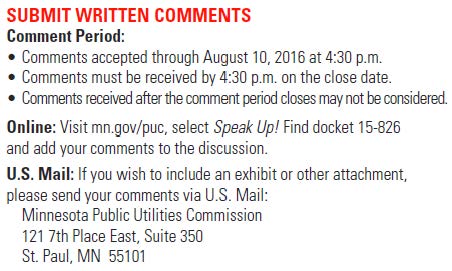 AARP work on notice and turnout seems to have helped, and a couple of folks commented that they’d read my Letter to the Editor in the Republican bEagle:
AARP work on notice and turnout seems to have helped, and a couple of folks commented that they’d read my Letter to the Editor in the Republican bEagle:
Letter: Speak up at Xcel rate case hearing
Concerning our Heritage, by O.E. Rolvaag
March 14th, 2016
A quick read before going further, in today’s STrib, Geography of Trumism: Where support is strongest:
Hadn’t read that yet when I wrote this post, but it makes perfect sense. Which brings us to…
Omkring Faedrearven, by O.E. Rolvaag, known in English as “Concerning Our Heritage.” It’s floating around the house lately, because I figured that since Alan’s working on becoming a Minnesotan, he should read Rolvaag! He’s most of the way through Giants in the Earth, and Peder Victorius is waiting on the shelf.
Here’s one Rolvaag reader’s view:
We’re going to head west later this year, through Rolvaag’s South Dakota, well, also through Rolvaag’s Northfield on the way. What I remember most about trips through the Dakotas as a kid were the meadowlarks, and I wonder if they’re still there, because back in 2007 when we went from Denver through the Black Hills and South Dakota, I don’t remember hearing them, and I’ve been wondering ever since.
Anyway, back to Rolvaag. As Alan slogs through Giants, I’ve been reading Rolvaag’s thoughts about immigration, particularly relevant today. Rolvaag thought it was crucial to retain ones heritage, to know where we came from, and to bring our characteristics grown from our heritage to our new country. He thought that someone couldn’t “be all that you can be” without having that solid background knowing who we are. In his case, he was particularly concerned with keeping traits he identified as Norwegian, not in isolation, but to bring them to the larger culture. In the extensive introduction, it’s noted that:
Rolvaag felt very strongly that maintaining their ethnic identity was important for their self-respect and for their ability to function positively in the greater American society.
… Rolvaag was what we might today call a “cultural pluralist.” His vision of America was of a mosaic of ethnic communities, each preserving and promoting its own language, culture, and traditions, which could be united around American political ideals. … He rejected both assimilation and amalgamation and advocated the right and duty of each immigrant group to preserve its own language, institutions, and cultural heritage. Members of minority groups would of course learn English and participate in American institutions, but his vision of the United States was of a “cooperation of diversities.”
Something to think about in this day of mudslinging and innuendo and outrageous resistance to immigration. We need to remember where we came from, how it was when our grandparents or parents came to this country. Norwegians had a system of churches and schools, even colleges for those Norwegian farmers and then Norwegian women too! Norwegian newspapers and arts flourished in the Midwest. The Norwegian culture was kept alive through these efforts, and to this day, we regard ourselves as “Norwegian.” Or whatever nationality we are, that’s something we descendants of immigrants hold as a significant part of our identity, even us “mutts” who are a little of this and a little of that.
And that retention of cultural identity is exactly what some inflamed “Americans” are demanding not happen with the current round of immigrants, that they not even be let into the country, but for those who are, that they reject their identity, their customs, their religion if not Christian, their character at its core. How arrogant, and how misguided. That’s not how our parents and grandparents were as immigrants, they held onto their culture while learning what it is to be an American in this melting pot. Don’t for a minute forget that unless we’re native, that’s our background. We’re immigrants, that’s where we came from, that’s why we’re here, and that’s what we all did.
Consider what immigrants bring when they come to the U.S. Look in the mirror! Look at your family! Look at all immigrants have accomplished!
Super highwys, coast to coast, easy to get anywhere
On the transcontinental overload, just slide behind the wheel
How does it feel
When theres no destination-that’s too far
And somewhere on the way, you might find out who you are
Livin’ in America-eye to eye, station to station
Livin’ in America-hand to hand,across the nation
Livin in America-got to have a celebration
Rock my soul
Smokestack, fatback, many miles of railroad track
All night radio, keep on runnin’ through, your rock ‘n’ roll soul
All night diners, keep you ‘wake, on black coffee, and a hard roll
You might have to walk the fine line,
you might take the hard line
But everybody’s workin’ overtime
Livin’ in America-eye to eye, station to station
Livin’ in America-hand to hand,across the nation
Livin in America-got to have a celebration
I live in America, help me out,
but I live in America,
wait a minute
You may not be looking for the promise land,
but you might find it anyway
Under one of those old familiar names
Like New Orleans (New Orleans), Detroit City (Detroit City), Dallas (Dallas), Pittsburg P.A. (Pittsburg P.A.), New York City (New York City), Kansas City (Kansas City), Atlanta (Atlanta) CHICAGO & L.A.!
Livin in America-hit me
Livin in America-yeah,
I walk in and out
Livin’ in America
I live in America-state lines,
gonna make the prime, that
I live in America-hey
I know what it means, I
Livin’ in America…
Livin’ in America- hit me now, eye to eye, station to station
Livin’ in America
Livin’ in America-I feel good!
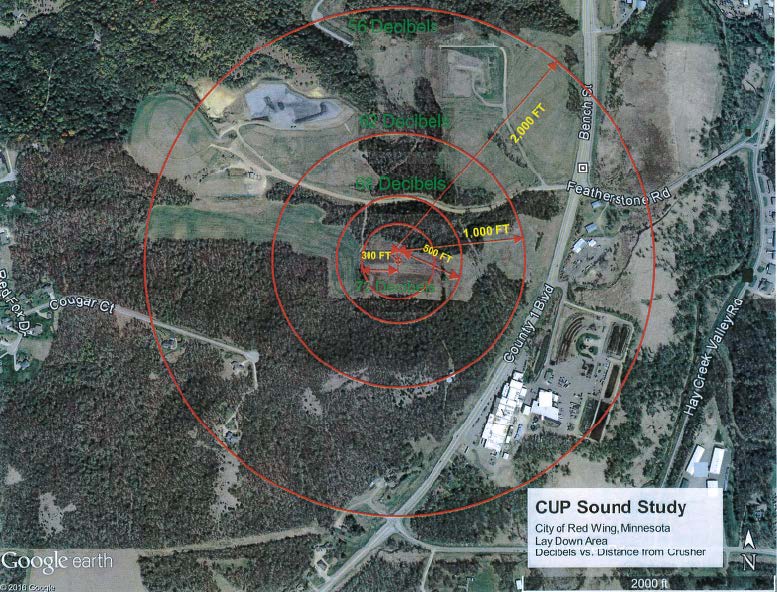
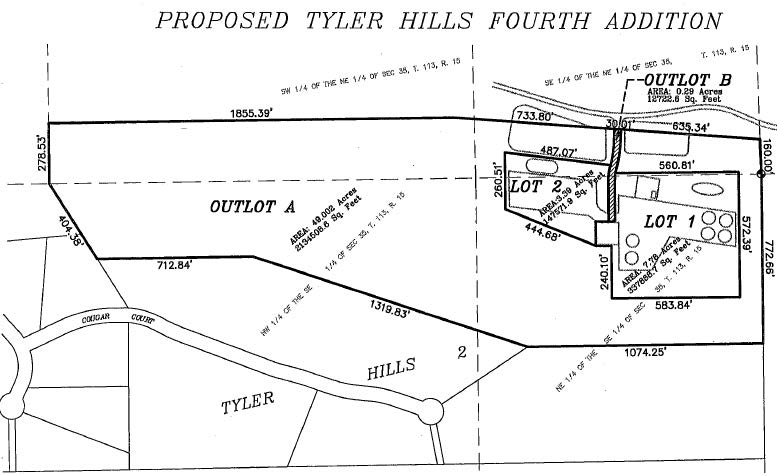
![20160727_190207[1]](https://legalectric.org/f/2016/07/20160727_1902071.jpg)
